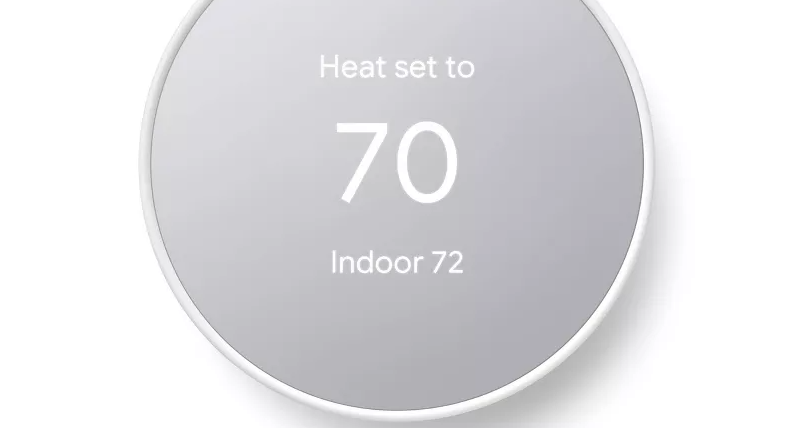by Dennis Crouch

This is my third post focusing on Google's en banc challenge to 'loose' damages testimony. The patentee, EcoFactor, has now filed a responsive brief in the ongoing smart thermostat patent dispute which resulted in a $20 million jury verdict against Google. A 2-1 Federal Circuit panel affirmed the verdict and, as you might expect, EcoFactor's en banc response defends the decision, arguing that the case presents a straightforward application of established precedent. At core, EcoFactor argues that Google and amici are seeking to impose new, rigid rules that go beyond existing Federal Circuit precedent. Although some say that hindsight is 20/20, anyone who has undergone a hypothetical damages analysis will understand that the process always involves some degree of guestimation and uncertainty -- adding additional precision and calculation is unlikely to provide any true certainty or predictability.
To continue reading, become a Patently-O member. Already a member? Simply log in to access the full post.